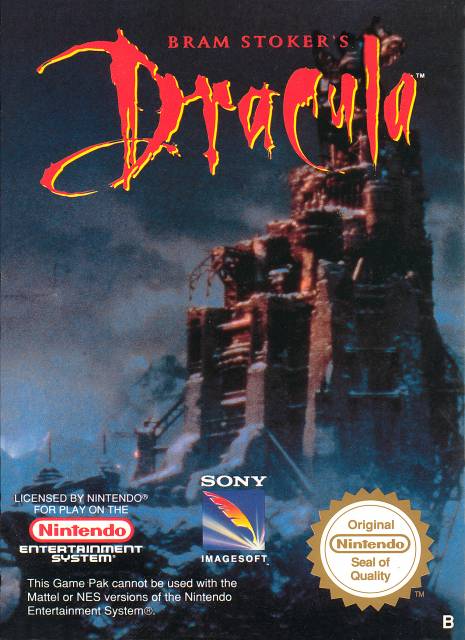Music and art take the cake; otherwise...
The SEGA Mega Drive / Super Nintendo versions
As far as gameplay and graphics are concerned, they're pretty much the same; the graphics and level design are identical, they're basically clones just with different sound engines and maybe an ampler colour palette for the Super Nintendo version, although I could hardly see any noticeable difference between each version's sprites and tiles.
Going more in-depth in the gameplay, it's very unfair and unforgiving. It is at least possible to beat the game (unlike what I've read about the Sega / Mega CD version), but some antics make it very frustrating to play: enemies like bats can go through the platforms you can jump through and attack you from below, to which you have no protection. That doesn't seem like a huge issue, but when going down a descending slope, enemies like rats or small spiders are impossible to kill and they can drain your energy. Adding that up to a somewhat limited invincibility period after being hit, make this game a bit painful to get through. The projectile based weapons require the calculation and precision of a physician. The most effective weapons (hooks and dynamite) have huge parabolic trajectories, and the dynamite doesn't hurt the enemy when colliding with it, but it goes through and only hurts the enemy when it explodes after a fixed lapse. If you and the boss are at the same height, the dynamite will bounce first too, forcing you to take too much distance to be able to hit it. Otherwise, guns (revolver and shotgun for example) and other (mostly) linear trajectory based projectiles work well, but you mostly have to stick to (who I believe is Van Helsing?)'s suggestions since he knows what weapons cause more damage on each boss, and sometimes they happen to be the most frustrating ones to handle.
The graphics are some of the most beautiful ones I've seen in 16-bit consoles in general. They look like artistic drawings from old storybooks. This edition is much more colourful, albeit in a way that maintains the dark theme of the Francis Ford Coppola movie. And the music, albeit in some levels more "adventurous" than spooky, fits the gameplay perfectly. Being a Mega Drive sound enthusiast myself, I've been working on an intendedly 1:1 replica of the whole soundtrack by Matt Furniss (one of the heroes of the 8-bit and 16-bit eras in the music department and also a game programmer, designer and producer) and copying his techniques has made it more satisfying to work with the YM2612 chip for me.
I was disappointed to see that Furniss wasn't given credit in the staff rolls (when you win as well as when you lose), and going into a sound test screen in the game literally requires hacking knowledge.
I would give this version a 3/5. It's not a terrible game, but it can be improved in the gameplay department.
